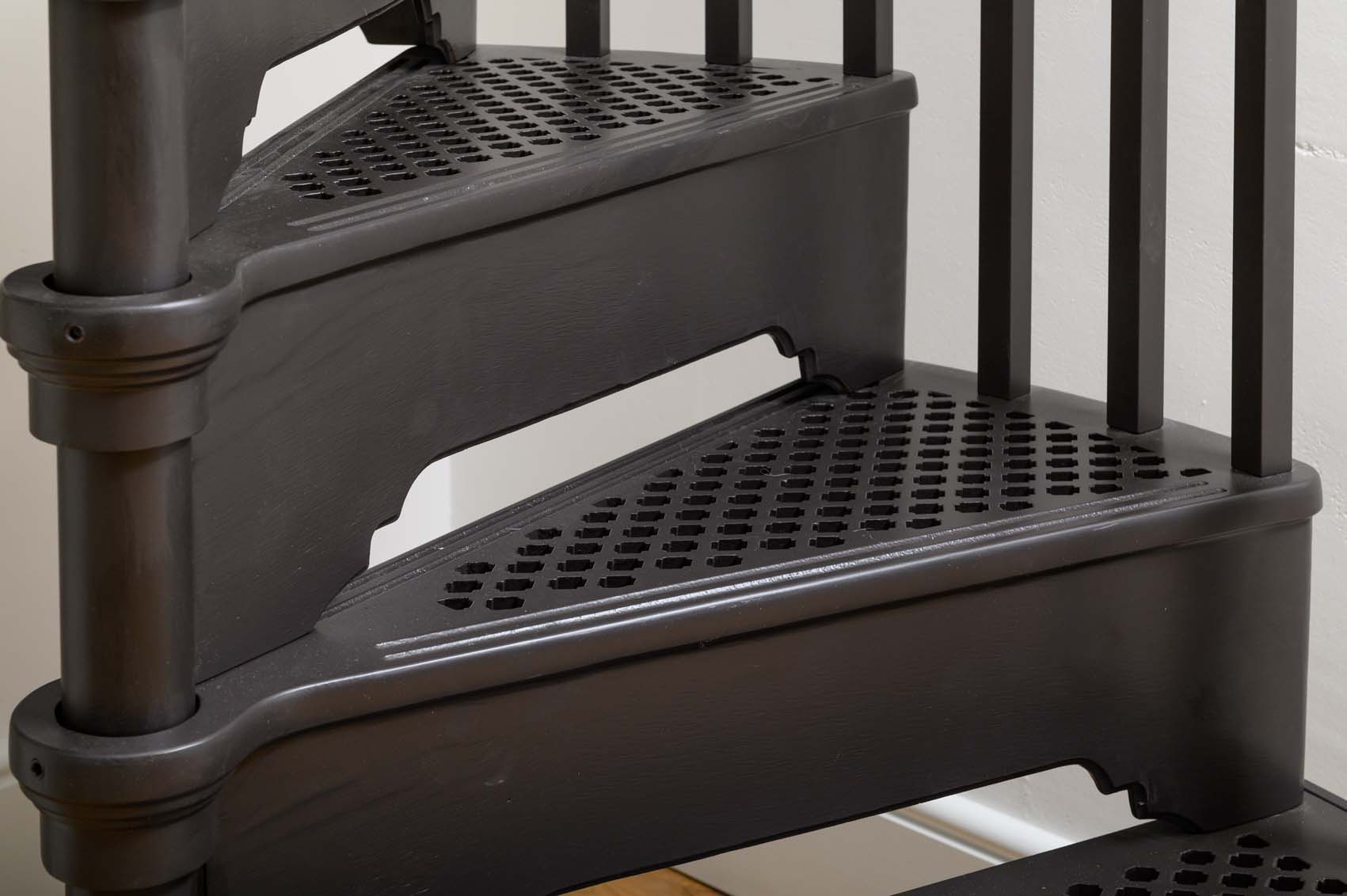What Loads Should Home Staircases Be Designed For?
28th November 2022

One of the most important tasks when designing a staircase is ensuring it can easily handle the loads it may experience throughout its lifespan. For a domestic staircase, this not only includes the weight of one or two people walking on individual treads, but also from furniture being carried up and down or people leaning on the balustrade.
To ensure they’re up to the task, all staircases here in the UK must meet strict loading requirements, both vertically down on the treads, stringers and landings, and horizontally on the handrails and balustrades.
When you’re ordering a staircase for your home, it’s important to check that it is safe and meets all of these regulatory requirements. This is key if you’re ordering a kit staircase from overseas as the loading requirements may vary from country to country. If you’re unsure, you should ask the manufacturer to provide loading calculations to prove that the staircase is fully compliant.
Below, we outline the specific loading requirements for all home staircases installed in the UK. All British Spirals & Castings staircases are designed to meet these requirements, and we can provide loading calculations if you require.
What are the loading requirements for treads, stringers and landings?
The staircase loading requirements in the UK are contained within BS EN 1991-1-1: 2002, with additional guidance provided within a supporting UK National Annex.
For a standard home staircase, the stringers, treads and landings need to pass two types of loading assessment. A Uniformly Distributed Load, which is applied equally across the entire surface, and a Concentrated Load which is a single weight applied at the most vulnerable point of the structural element. For example, on spiral staircase treads, this is applied on the end of the tread furthest from the central pillar.
The Uniformly Distributed Load is measured in Kilo Newtons per metre squared whilst the Concentrated Load is measured in Kilo Newtons. For reference 1 Kilo Newton is equivalent to around 100 Kilograms or roughly 220 pounds.
Treads, stringers and landings should be able to support a Uniformly Distributed Load of at least 1.5 kN/m2 and a Concentrated Load of at least 2.0 kN.
What are the loading requirements for staircase handrails and balustrades?
Staircase balustrades for a home staircase need to be designed to meet:
- a horizontal Uniformly Distributed Load of at least 0.36 kN/m on the handrail
- a horizontal Uniformly Distributed Load of at least 0.50 kN/m
- a horizontal Concentrated Load of at least 0.35 kN (all individual spindles must be able to resist at least half this load)
Additionally, when the weight is applied to the handrail, it should not deflect by more than 25mm or must be capable of withstanding 2.5 times the concentrated load without failing.
Bespoke Staircases
Our staircases are designed to meet all of these requirements here in the UK and we can provide clear structural calculations to support this if required by Building Control. For overseas orders, we can work with you to meet the requirements for your region.
If you are interested in having a bespoke staircase or balcony installed in your own property, visit our gallery to view some of the options and submit a quote or get in touch via phone or email.





